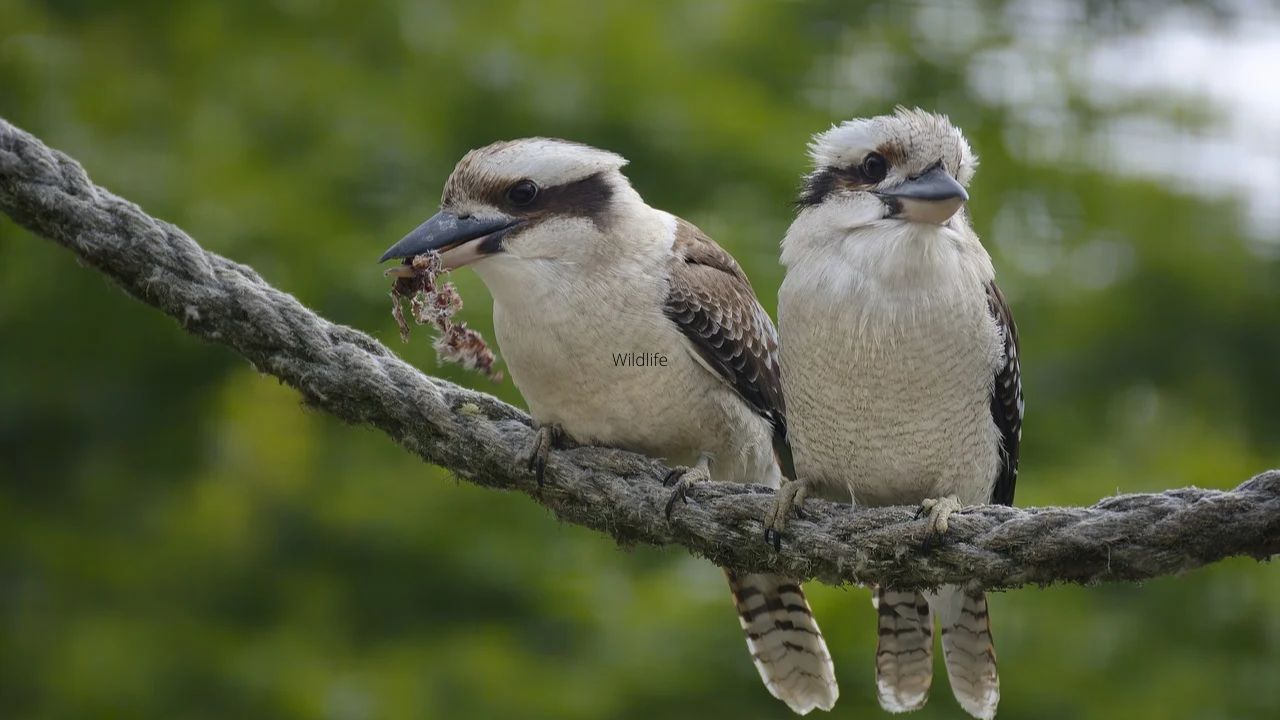Nestled within the majestic Appalachian Mountains, the Great Wildlife of Smoky Mountains National Park stands as a sanctuary for an incredible array of wildlife and is a great place to enjoy. Spanning more than half a million acres along the border of North Carolina and Tennessee, this UNESCO World Heritage Site and International Biosphere Reserve is a haven for nature enthusiasts and wildlife photographers alike.
Table of Contents
Introduction to the Great Smoky Mountains National Park
Established in 1934, the Great Smoky Mountains National Park is renowned for its unparalleled biodiversity. The park’s name comes from the natural mist that often covers its peaks, like smoke from the dense forest below. This mist-laden landscape creates a unique habitat, nurturing an astonishing diversity of flora and fauna.
Flora and Fauna
Before delving into the specifics of wildlife spotting, let’s first explore the plants that form the basis of this vibrant ecosystem. The Great Smoky Mountains boast over 19,000 recorded species of plants and animals, making it one of the most biodiverse regions in North America. From towering hardwood forests to cascading waterfalls, the park’s landscape is a tapestry of colors and textures, with each season offering its own spectacle.
Mammals of the Smokies
One of the most exciting aspects of visiting the Great Smoky Mountains is the opportunity to encounter its diverse mammalian inhabitants. From the elusive black bear to the diminutive southern flying squirrel, the park is home to more than 65 species of mammals. While some are commonly seen, like white-tailed deer, others, such as bobcats and red wolves, are more elusive, requiring patience and a keen eye to spot them.
Avian Wonders
Bird watchers flock to the Great Smoky Mountains in search of their numerous avian inhabitants. With more than 240 species recorded within the park, including the iconic bald eagle and the elusive peregrine falcon, bird watching enthusiasts are spoiled for choice. Whether you’re exploring the towering spruce-fir forests or wading along the park’s streams and rivers, carry your binoculars for a chance to see these feathered wonders.
Reptiles and Amphibians
Often overshadowed by their furry and feathered counterparts, the reptiles and amphibians of the Great Smoky Mountains are equally fascinating. From slithering snakes to colorful salamanders, the park is home to an array of cold-blooded animals. Keep a close eye out for lively eastern box turtles or venomous timber rattlesnakes while traversing the park’s trails.
Aquatic Life
The Great Smoky Mountains National Park is crisscrossed by a network of pristine streams and rivers, which provide vital habitat for a variety of aquatic species. From native brook trout to the elusive hellbender salamander, these waterways teem with life. Anglers flock to the park in search of trout, while nature lovers marvel at the delicate beauty of aquatic insects flying above the water’s surface.
Tips for Wildlife Spotting
The Great Smoky Mountains are teeming with wildlife, and seeing these elusive creatures requires patience, persistence, and even a bit of luck. Here are some tips to increase your chances of encountering wildlife:
Timing is Key: Many animals are seen at dawn and dusk, so plan your trip accordingly.
Stay Quiet: Wildlife is often wary of human presence, so keep your noise down and avoid sudden movements to avoid startling them.
Be Respectful: Keep a safe distance from wildlife and never try to approach or feed them. Always remember, we are guests in their home.
Use Binoculars: A good pair of binoculars can make all the difference in spotting elusive species, especially birds and mammals high in the canopy.
Exploring the wildlife of the Great Smoky Mountains National Park is a truly immersive experience that connects us to the natural world. Whether you’re a seasoned naturalist or a curious beginner, the park offers many opportunities for discovery and wonder. So pack your camera, lace up your hiking boots, and embark on an adventure into the heart of one of America’s most cherished wilderness areas.

